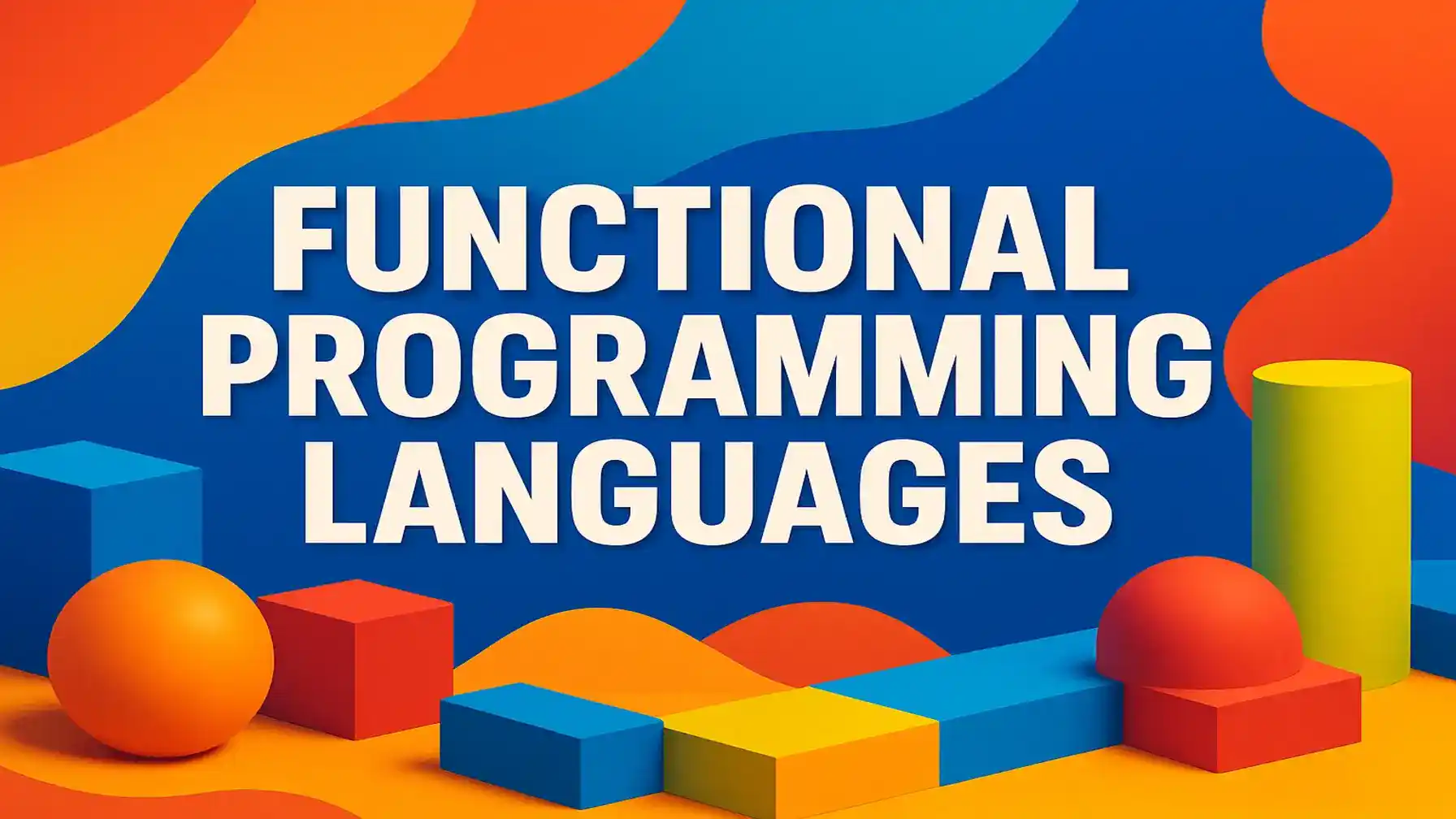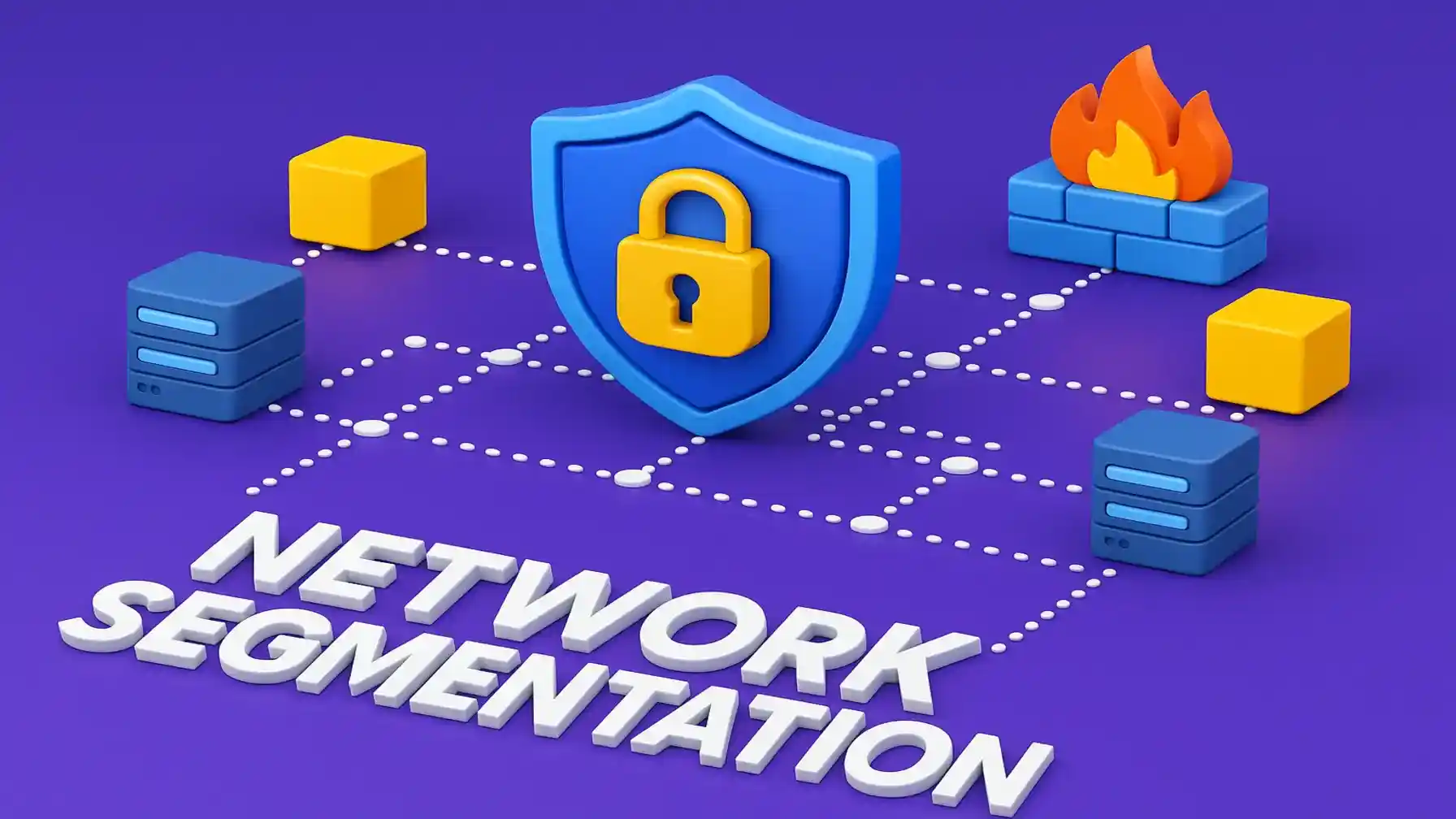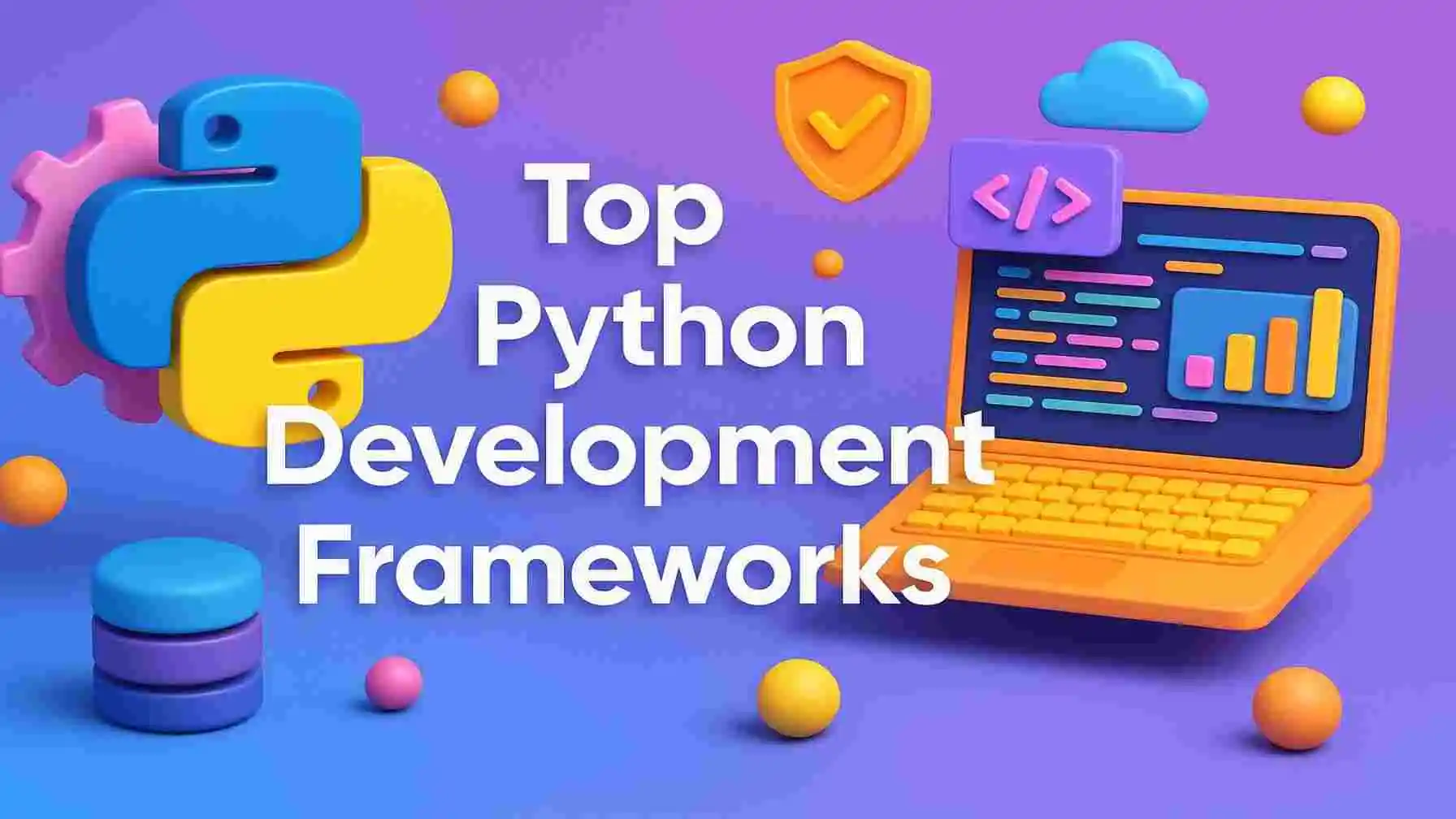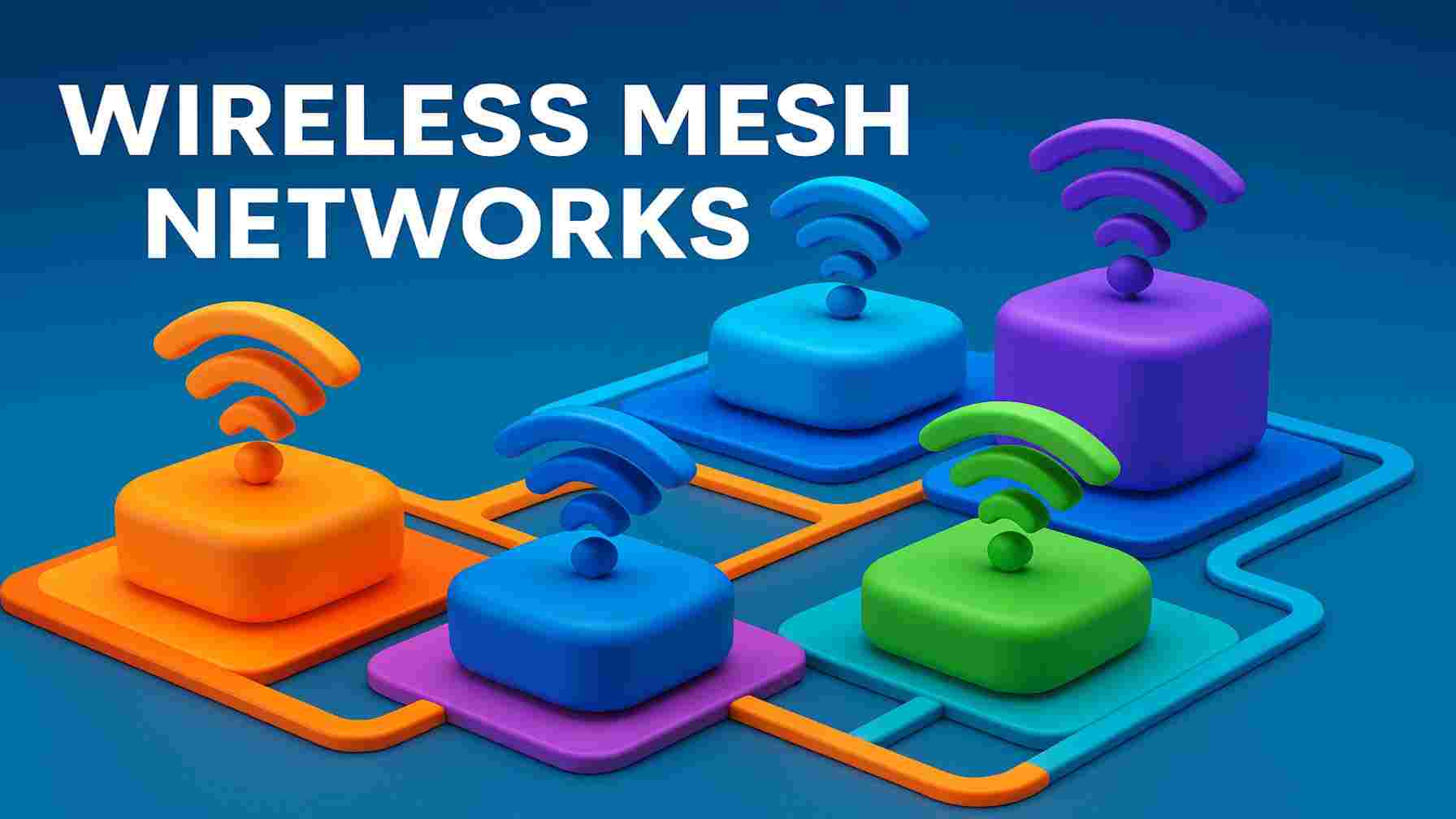Artificial intelligence (AI) in education is reshaping the way students learn and teachers instruct. With rapid technological advancements, AI is introducing innovative solutions that enhance personalized learning, automate administrative tasks, and improve accessibility for students with diverse needs. AI in education is no longer a futuristic concept—it is actively transforming classrooms and online learning platforms worldwide.
The integration of AI allows educators to focus on teaching while AI-powered tools handle repetitive tasks such as grading, attendance tracking, and student assessments. Moreover, AI-driven platforms provide customized learning experiences, adapting to individual students’ strengths and weaknesses. By offering real-time feedback, AI helps students improve their understanding of subjects while enabling teachers to offer better guidance.
This blog explores how AI in education is transforming traditional learning methods, its benefits, ethical concerns, and the future possibilities it holds. Whether you are a student, teacher, or parent, understanding AI’s role in education will help you navigate this digital transformation with confidence.
How AI in Education is Transforming Personalized Learning Experiences?
One of the most significant advantages of AI in education is its ability to personalize learning experiences. Traditional education follows a one-size-fits-all approach, which often fails to address individual students’ needs. AI, however, brings a customized approach, ensuring that students receive instruction tailored to their abilities.
AI-Powered Adaptive Learning Systems
AI-driven adaptive learning platforms adjust content based on a student’s performance. These systems analyze responses, track progress, and modify lesson plans in real-time. By doing so, they provide support where students struggle and challenges where they excel. This ensures that learners progress at their own pace rather than being forced into a rigid curriculum.
Some of the most well-known AI-based adaptive learning platforms include:
-
Khan Academy: Uses AI algorithms to suggest exercises that match students’ proficiency levels.
-
DreamBox: A math-learning platform that personalizes lessons based on how students interact with content.
-
Coursera: Offers AI-based recommendations for courses and study materials.
By continuously monitoring student engagement, AI ensures that learners stay motivated while receiving targeted instruction.
Virtual AI Tutors: Always Available, Always Helpful
AI tutors act as virtual assistants that provide real-time guidance to students. Unlike human tutors, AI-powered systems are available 24/7, making them particularly useful for students studying at unconventional hours. These tutors help answer questions, explain complex topics, and provide additional resources.
Examples of AI-powered tutors include:
-
Socratic by Google: Uses AI to analyze questions and provide step-by-step solutions.
-
Brainly AI Tutor: Offers explanations based on user queries in various subjects.
-
Chatbots in Learning Management Systems (LMS): Integrated into platforms like Moodle to provide instant answers and guidance.
With AI tutors, students no longer have to wait for scheduled tutoring sessions to get help. Instead, they can receive assistance whenever they need it.
AI in Automating Administrative Tasks:
Beyond enhancing student learning, AI in education significantly reduces the workload of educators by automating administrative tasks. Teachers often spend a substantial amount of time grading assignments, preparing lesson plans, and managing student records. AI simplifies these processes, allowing teachers to dedicate more time to direct student engagement.
Automated Grading and Assessment Tools
Grading assignments, especially in large classrooms, is time-consuming. AI-based grading systems provide instant feedback on objective assessments like multiple-choice quizzes and even complex tasks like essays. These systems use natural language processing (NLP) to evaluate content, structure, and coherence.
Some widely used AI grading tools include:
-
Gradescope: Assesses exams and provides quick feedback.
-
Turnitin: Uses AI to detect plagiarism and offer writing suggestions.
-
Knewton Alta: Evaluates student responses and adapts assessments accordingly.
Automated grading ensures accuracy while reducing teacher workload, making assessments more efficient.
AI in Attendance and Classroom Management
AI-powered facial recognition and biometric attendance systems streamline student tracking. These systems eliminate the need for manual roll calls, allowing teachers to focus on lessons rather than administrative tasks.
Some AI-driven attendance solutions include:
-
Facial Recognition Attendance Systems: Identify students through camera-based AI recognition.
-
RFID-based Attendance Trackers: Use AI to log student presence automatically.
-
Smart Classroom Monitoring: AI tools track student engagement and attention during online classes.
By automating attendance, AI enhances efficiency while minimizing errors and fraudulent attendance markings.
Enhancing Accessibility for Students with Disabilities:
One of AI’s most transformative impacts is its ability to make education more inclusive. AI-powered tools provide support for students with disabilities, ensuring that they receive quality education tailored to their needs.
Speech-to-Text and Text-to-Speech AI Solutions
AI-driven speech recognition helps students with hearing impairments by converting spoken words into text. Similarly, text-to-speech tools assist visually impaired students by reading text aloud.
Some popular accessibility tools include:
-
Google Live Transcribe: Provides real-time speech-to-text transcription.
-
Microsoft Immersive Reader: Enhances reading comprehension with text-to-speech features.
-
NaturalReader: Reads digital text aloud, helping students with dyslexia.
By using AI for accessibility, schools and universities create a more inclusive learning environment for students with disabilities.
AI-Powered Translation and Language Support
AI also assists non-native speakers by translating content in real-time. Language barriers can often hinder learning, but AI-powered tools break these barriers by offering instant translation.
Examples of AI translation tools include:
-
Google Translate: Provides AI-based real-time translation of text and speech.
-
Duolingo: Uses AI to personalize language learning experiences.
-
Microsoft Translator: Assists in classroom settings by offering multilingual support.
By bridging language gaps, AI ensures that students from diverse linguistic backgrounds can participate fully in education.
The Role of AI in Educational Content Creation:
AI is also revolutionizing how learning materials are created. AI-driven tools assist educators in designing courses, generating quizzes, and even summarizing complex concepts into digestible formats.
AI for Course and Lesson Planning
AI analyzes vast amounts of educational data to help teachers create effective lesson plans. Platforms like IBM Watson Education provide curriculum suggestions based on student needs and learning objectives. These AI tools recommend teaching strategies, resources, and personalized lesson plans that cater to different learning styles.
AI-Generated Study Materials and Summaries
AI can generate study guides, flashcards, and quizzes automatically. Instead of manually creating materials, teachers can use AI-powered platforms that extract key points and create concise summaries.
Popular AI content creation tools include:
-
Quizlet AI: Generates personalized study sets.
-
ScribeSense: Transforms handwritten notes into digital summaries.
-
Scholarcy: Provides AI-based research summaries and highlights.
These AI-driven solutions save time while ensuring that students receive well-structured learning materials.
AI in education is transforming the way students learn, teachers instruct, and institutions manage administrative tasks. From adaptive learning platforms and AI tutors to automated grading and accessibility tools, AI is creating a more personalized, efficient, and inclusive learning environment.
However, while AI offers numerous benefits, it is essential to implement these technologies responsibly. Ensuring data privacy, minimizing biases in AI algorithms, and maintaining a balance between AI and human interactions are crucial for ethical AI usage in education.
Ethical Concerns and Challenges of AI in Education:
While AI in education offers numerous benefits, it also raises several ethical concerns that need to be addressed. The integration of AI in classrooms and digital learning platforms must be done responsibly to protect students’ rights and ensure fairness in education.
Data Privacy and Security Risks
One of the biggest challenges of AI in education is data privacy. AI-powered educational tools collect vast amounts of student data, including learning patterns, performance analytics, and even personal information. This data is essential for improving AI algorithms, but it also raises concerns about:
-
Data breaches: If not properly secured, student data can be exposed to hackers.
-
Unauthorized data usage: Some AI platforms may use student data for commercial purposes without consent.
-
Lack of transparency: Many educational institutions do not clearly communicate how AI handles student information.
To ensure privacy, institutions must adopt strong cybersecurity measures and enforce strict data protection policies. AI developers should also implement encryption and anonymization techniques to safeguard student data.
Also Read: AI in Retail: Revolutionizing Modern Shopping Experiences
Bias in AI Algorithms
AI is only as unbiased as the data it is trained on. If AI models are developed using biased datasets, they can reinforce existing educational inequalities. Some concerns include:
-
Cultural biases: AI-based learning platforms might prioritize certain cultural contexts while ignoring others.
-
Gender biases: AI-powered career guidance tools may recommend stereotypical career paths based on gender.
-
Socioeconomic biases: AI may favor students with better access to technology and internet resources.
To address these issues, developers must ensure AI training datasets are diverse and inclusive. Regular audits of AI systems should also be conducted to detect and correct biases.

Over-Reliance on AI and Reduced Human Interaction
Another challenge is the potential over-reliance on AI, which may reduce meaningful teacher-student interactions. AI can provide personalized learning, but it cannot replace the emotional intelligence, creativity, and mentorship that human educators bring to the classroom.
Excessive dependence on AI can lead to:
-
Decreased critical thinking skills: If students rely too much on AI-generated answers, they may not develop problem-solving skills.
-
Reduced social skills: Learning through AI-driven platforms may limit peer-to-peer discussions and collaboration.
-
Loss of teacher autonomy: AI-powered decision-making might undermine teachers’ ability to assess and address students’ needs intuitively.
Balancing AI and human instruction is essential. AI should serve as a support system rather than a replacement for traditional teaching methods.
How AI is Shaping the Future of Education?
Despite its challenges, the future of AI in education looks promising. New innovations are continuously emerging to improve learning outcomes and accessibility.
AI-Powered Virtual Classrooms and Immersive Learning
AI is enhancing online education through virtual classrooms that use augmented reality (AR) and virtual reality (VR). These technologies create interactive learning experiences that engage students beyond textbooks.
-
AR-enhanced textbooks: AI and AR allow students to visualize complex concepts, such as 3D models of molecules in chemistry.
-
VR-based historical tours: Students can experience virtual historical site visits, making learning more engaging.
-
AI-assisted simulations: Medical students can use AI-driven simulations to practice surgical procedures in a risk-free environment.
These immersive experiences make learning more dynamic and effective, increasing retention rates.
Emotional AI for Student Well-Being
Emotional AI, also known as affective computing, is an emerging technology that detects students’ emotions using facial recognition and voice analysis. It helps educators monitor student engagement and mental well-being.
For example:
-
AI-powered cameras can analyze students’ facial expressions to determine whether they are confused or engaged during a lesson.
-
Voice analysis tools detect stress levels and provide insights into students’ emotional states.
-
AI chatbots offer mental health support by recommending mindfulness exercises or counseling services.
By integrating emotional AI, institutions can ensure students receive the necessary support to maintain their mental well-being.
Blockchain Technology in AI-Powered Education
Blockchain is being integrated with AI to improve the security and credibility of educational records. Blockchain-based AI applications can:
-
Store student credentials securely: Digital certificates on blockchain prevent fraud and ensure authenticity.
-
Facilitate seamless student transfers: AI-based verification systems help students transfer between institutions without bureaucratic delays.
-
Enhance trust in online learning platforms: Employers can verify online course certifications with AI-powered blockchain authentication.
By combining AI and blockchain, education becomes more transparent, secure, and trustworthy.
AI and Career Guidance: Preparing Students for the Future:
AI is playing a crucial role in career development by guiding students toward the right professional paths. AI-based career counseling tools use data-driven insights to suggest courses, internships, and job opportunities based on students’ skills and interests.
AI-Powered Career Counseling Platforms
Many AI-based platforms help students choose career paths based on their strengths, learning patterns, and job market trends. Some examples include:
-
LinkedIn Learning: Uses AI to recommend courses based on career aspirations.
-
Coursera Career Track: Suggests job-relevant courses based on a student’s learning history.
-
Pymetrics: Uses AI-powered neuroscience-based games to help students identify their strengths and career matches.
These tools help students make informed career decisions by aligning their education with industry demands.
AI in Resume Building and Job Applications
AI also assists students in crafting resumes and preparing for job interviews. AI-powered tools analyze job descriptions and suggest improvements to resumes, increasing the chances of getting hired.
Some popular AI-driven job application tools include:
-
Zety Resume Builder: Uses AI to optimize resumes based on industry keywords.
-
HireVue AI: Analyzes video interviews to provide feedback on communication skills and body language.
-
Jobscan: Compares resumes with job descriptions and suggests modifications for better alignment.
By leveraging AI, students can enter the job market with confidence, ensuring their skills match employer expectations.
The Role of AI in Teacher Training and Professional Development:
AI is not only transforming student learning but also enhancing teacher training. AI-driven platforms provide educators with insights into effective teaching methods, classroom engagement, and professional growth.
AI-Powered Teacher Training Programs
AI platforms analyze classroom interactions and provide personalized recommendations for improving teaching strategies. Some AI-driven training tools include:
-
Edthena: Uses AI to analyze teacher performance and suggest improvements.
-
TeachFX: Tracks teacher-student interactions to measure engagement levels.
-
IBM Watson Teacher Advisor: Provides AI-generated lesson plans and instructional strategies.
By continuously learning and adapting, teachers can improve their skills and deliver better educational outcomes.
Conclusion:
AI in education is transforming the way we teach and learn. From personalized learning and automated grading to emotional AI and career counseling, AI-powered tools are revolutionizing the educational landscape. However, ethical concerns such as data privacy, bias in AI algorithms, and reduced human interaction must be addressed to ensure responsible AI integration.
As technology advances, AI will continue to evolve, making education more inclusive, efficient, and accessible. By striking a balance between AI and human-led instruction, we can create a future where education is tailored to every learner’s needs while maintaining ethical integrity.
FAQs:
1. What is the biggest advantage of AI in education?
AI in education personalizes learning experiences, allowing students to learn at their own pace. It adapts content based on performance, ensuring better understanding and retention.
2. Are AI tutors better than human teachers?
AI tutors provide instant feedback and 24/7 availability, but they cannot replace human teachers’ emotional intelligence, creativity, and mentorship. They work best when used as a supplement to human instruction.
3. How does AI help students with disabilities?
AI assists students with disabilities through speech-to-text, text-to-speech, and real-time translation tools, making education more accessible for all learners.
4. What are the risks of using AI in education?
The main risks include data privacy concerns, biased algorithms, and the potential reduction of human interaction in learning environments.
5. What is the future of AI in education?
Future innovations include AI-powered virtual classrooms, emotional AI for student well-being, and blockchain-based credential verification, making education more secure and engaging.








